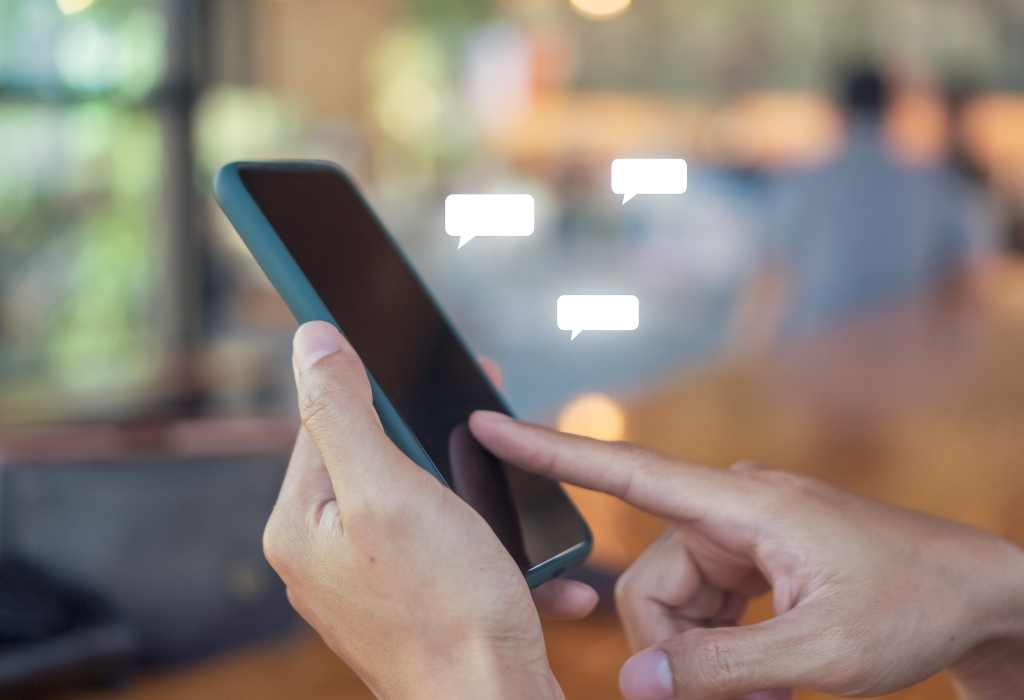By The Malketeer
Bridging the Information Gap
Twenty years ago, on December 26, 2004, the Indian Ocean tsunami unleashed unprecedented devastation, claiming over 220,000 lives.
The tragedy exposed a critical gap in global communication and disaster response.
Social media was in its infancy then; Facebook had just launched, and YouTube wasn’t even conceived.
Fast forward to today, and platforms like X, Instagram, and Bluesky have revolutionised how we respond to calamities, enabling real-time updates, crowdfunding, and citizen journalism.
As we reflect on the tsunami’s 20th anniversary, it’s evident that social media has become an indispensable tool for disaster management—a double-edged sword wielding both transformative power and significant challenges.
The Evolution of Citizen Journalism
In the aftermath of the 2004 tsunami, survivors turned to blogs and photo-sharing platforms like Flickr to narrate their experiences.
Mark Oberle, a survivor in Thailand, used his blog to share images of the destruction and help those desperate for information.
These personal accounts filled an information void, providing raw and immediate insights that traditional media couldn’t match.
Today, billions worldwide can witness disasters unfold in real-time through social media.
During Turkey’s earthquake last year, a student’s life was saved because his location under the rubble was shared via social media.
These platforms have transformed ordinary citizens into first responders and journalists, democratising information dissemination.
Real-Time Alerts and Response
In 2004, many tsunami victims were unaware of the impending disaster.
Hours passed between the earthquake’s epicentre and the waves reaching distant shores, but the lack of communication tools left populations unprepared.
Contrast this with today’s reality: mobile apps and social media accounts instantly share critical information about evacuation routes, shelter locations, and medical aid.
Professor Daniel Aldrich, who studied the 2004 event, noted how the absence of timely warnings led to thousands of preventable deaths in India.
Now, even a simple tweet or post can save lives, illustrating the profound impact of these digital tools on disaster readiness.
Crowdsourcing Rescues and Resources
Social media has also emerged as a lifeline for those in peril.
Platforms enable families to locate missing loved ones, coordinate rescue efforts, and rally donations.
After Spain’s devastating floods in October, volunteers used social media accounts to assist in searches for the missing.
Similarly, during Hurricane Helene, a mix of accurate posts and misinformation influenced rescue operations—highlighting both the promise and pitfalls of these platforms.
Challenges of Misinformation
While the benefits of social media in disaster management are undeniable, they come with risks.
Disinformation and rumors often spread faster than facts, complicating relief efforts.
In Hurricane Helene’s aftermath, rumors of hidden death tolls and diverted aid led to tensions between locals and emergency teams.
Such false narratives forced agencies like FEMA to withdraw from affected areas.
This darker side of social media underscores the need for robust verification processes and digital literacy to ensure that misinformation doesn’t undermine relief efforts or endanger lives.
The Future of Disaster Response
Social media’s integration into disaster response is still evolving.
Platforms are now harnessing AI to identify crisis zones, monitor misinformation, and amplify verified updates.
Additionally, citizen science—the use of user-generated content for research—has proven invaluable.
Footage from smartphones during Indonesia’s 2018 Palu tsunami helped scientists reconstruct the disaster’s timeline and causes.
However, the biggest change lies in empowering communities.
The free flow of information—once a luxury—is now a lifeline, enabling vulnerable populations to act swiftly and collaboratively.
As Laura Kong of the International Tsunami Information Centre poignantly observed, “In 2004, we might have known there was an event, but we didn’t have a way to tell anyone.”
A Call for Collaboration
The 20th anniversary of the Indian Ocean tsunami is a stark reminder of the cost of unpreparedness.
Social media has since bridged gaps in communication, but its true potential lies in collective action.
Governments, tech platforms, and communities must collaborate to harness its strengths while mitigating its pitfalls.
Disasters will continue to challenge humanity, but with the right tools and strategies, we can ensure that the lessons of 2004 guide us toward a safer, more connected future.
Source: AFP
MARKETING Magazine is not responsible for the content of external sites.











